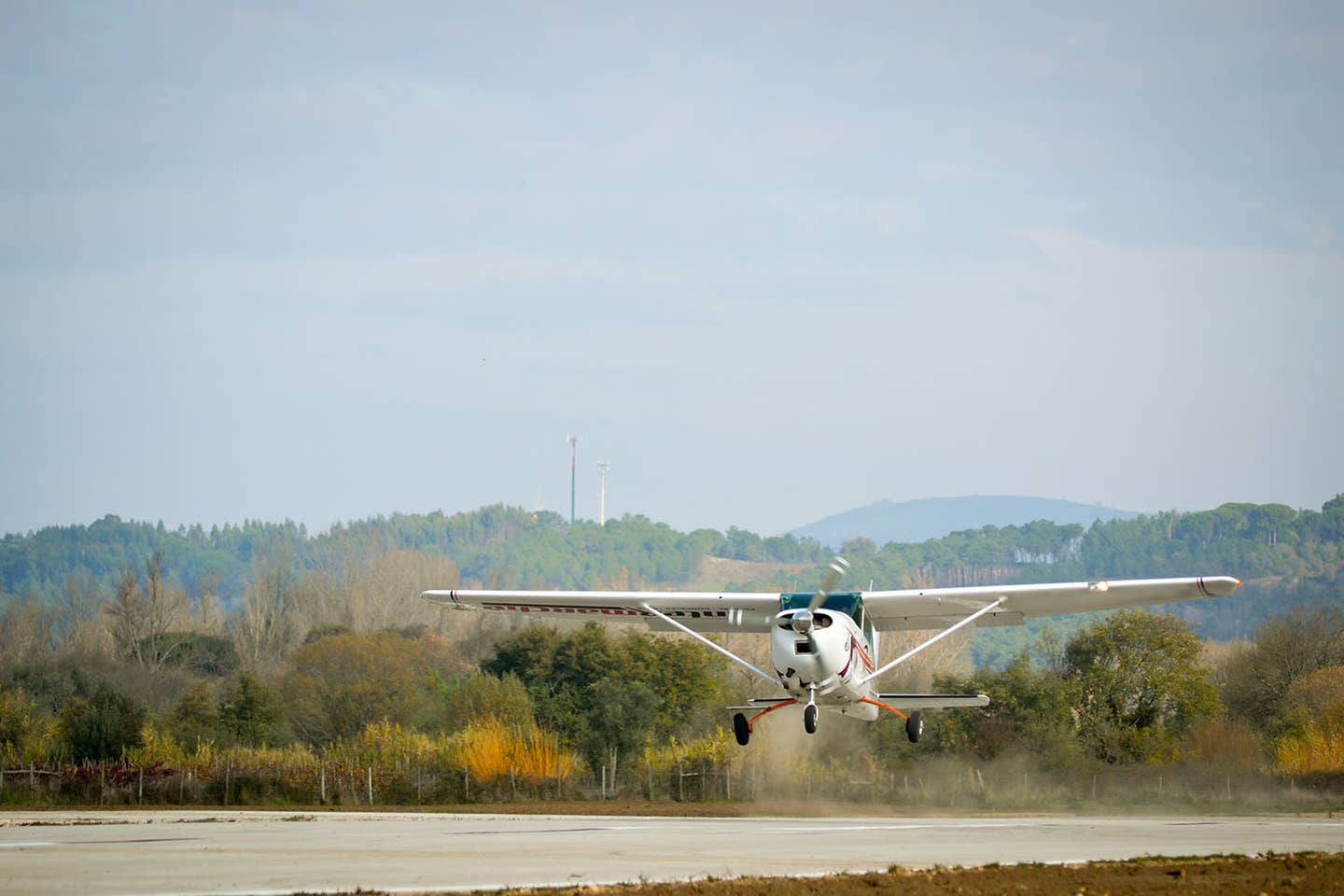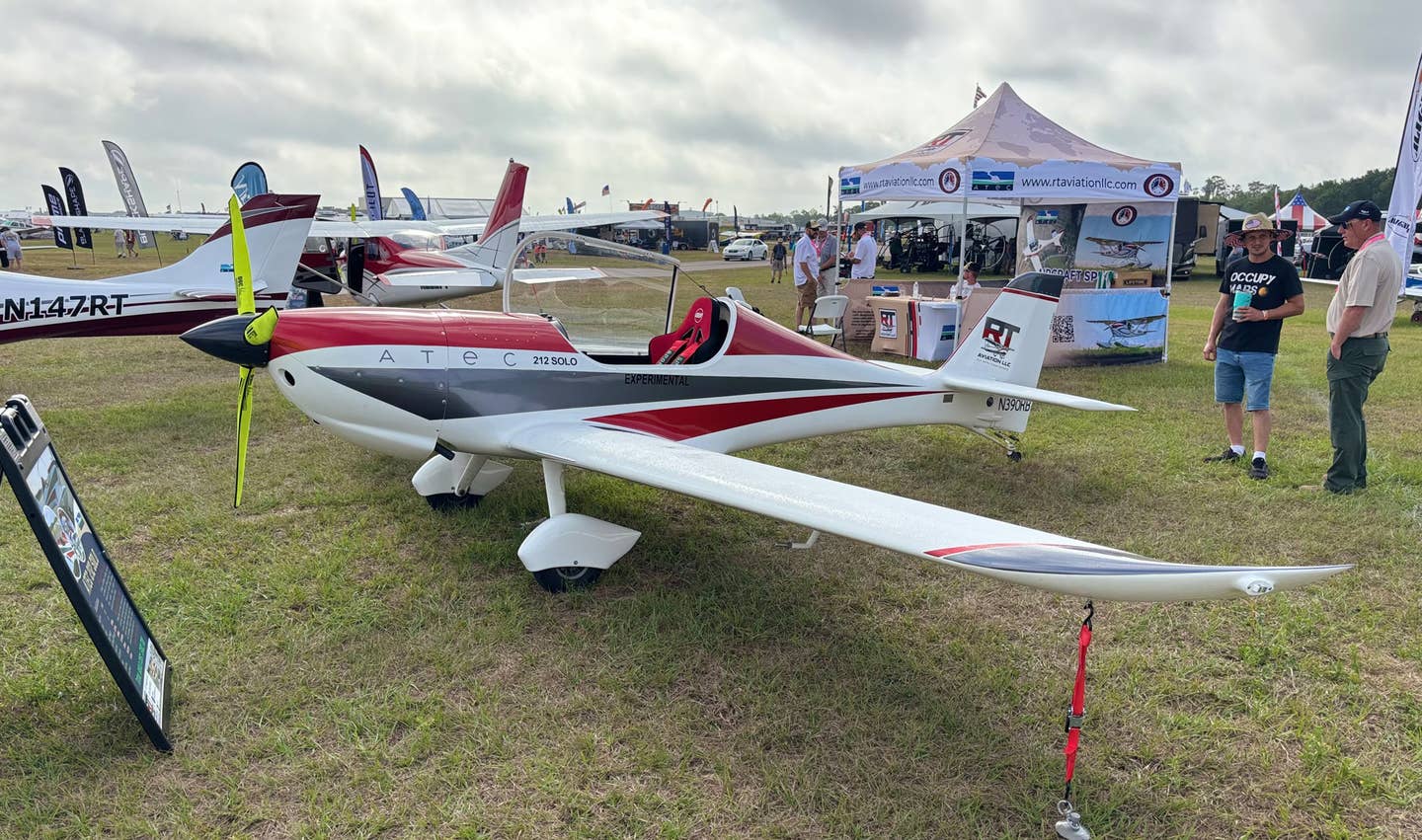Up, Up And Away”¦
The Skylane was STOL before there was such a term. Stock out of the box, it delivered abundant takeoff performance and was the basis for many add-on mods to embolden…

This 182 is leaving little runway behind it as
its pilot milks the flare just right.
The Skylane was STOL before there was such a term. Stock out of the box, it delivered abundant takeoff performance and was the basis for many add-on mods to embolden 182 pilots to push the envelope, things like leading-edge cuffs, curved wingtips, stall fences and drooping ailerons to match the flap extension. Unless you're into extreme flying, they aren't needed. If you really want a Boss Skylane, find one with a Peterson forward-wing conversion.
Line up, ease the throttle open and hang on; the Skylane moves out with aplomb. Have your right leg ready to help track the centerline and be ready to initiate liftoff at 50-60 knots. Don't waste a Skylane's energy on an 80-knot wheelbarrowing takeoff roll. Keep the nose up and try to catch 90 knots for a Vy climbout. As part of a Skylane checkout, I always include a maximum performance takeoff, per the POH, using a 20-degree flap setting and a 60-knot obstacle-clearing climb-out. At low-elevation airports, this will put you at traffic pattern altitude before reaching the departure end of the runway. "Oh, yeah!" is the typical response. Don't do it with first-time passengers.
You'll probably want to dial in two or three swipes of right rudder trim for the climb, using 100 to 110 knots to improve forward visibility. Most high-performance transition courses establish a cruise-climb after leaving the pattern, perhaps reducing manifold pressure and bringing rpm back to a quieter setting. The Skylane will be tolerant if you just leave it wide open for the climb; from 1977 on, the prop governor is set to 2,400 rpm max, and if your takeoff airport is above 3,000 feet or so, the manifold pressure will already be reduced naturally. If flying a 1976 or earlier Skylane, you can climb sedately at 23 inches and 2,450 rpm, which is 75% power. If you need to grab some altitude to clear mountains, the older Skylanes will happily take you to 12,000 feet at 500 fpm. The heavy 3,100-pound airplanes can't do quite as well until they burn off some fuel.

Subscribe to Our Newsletter
Get the latest Plane & Pilot Magazine stories delivered directly to your inbox






